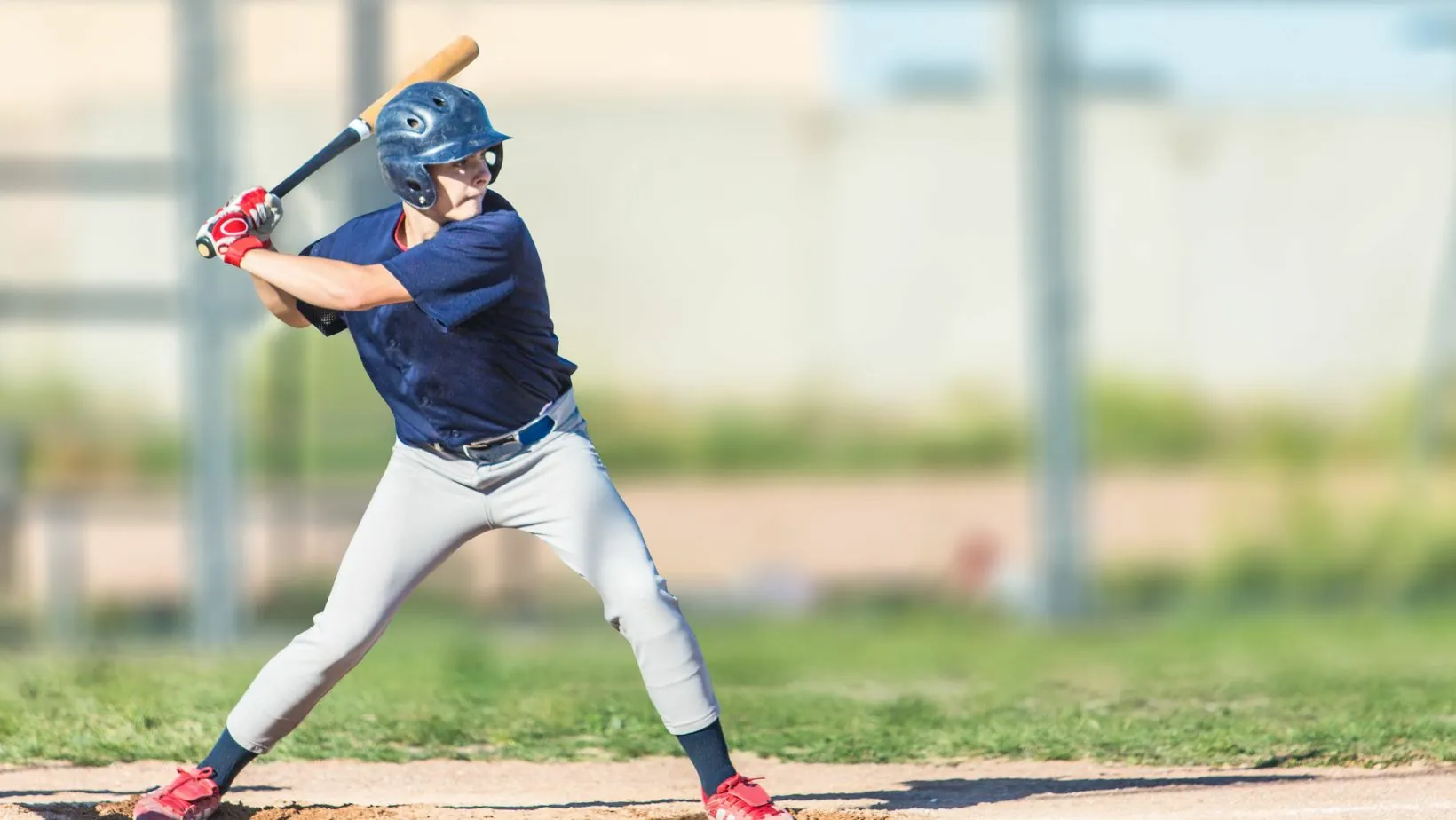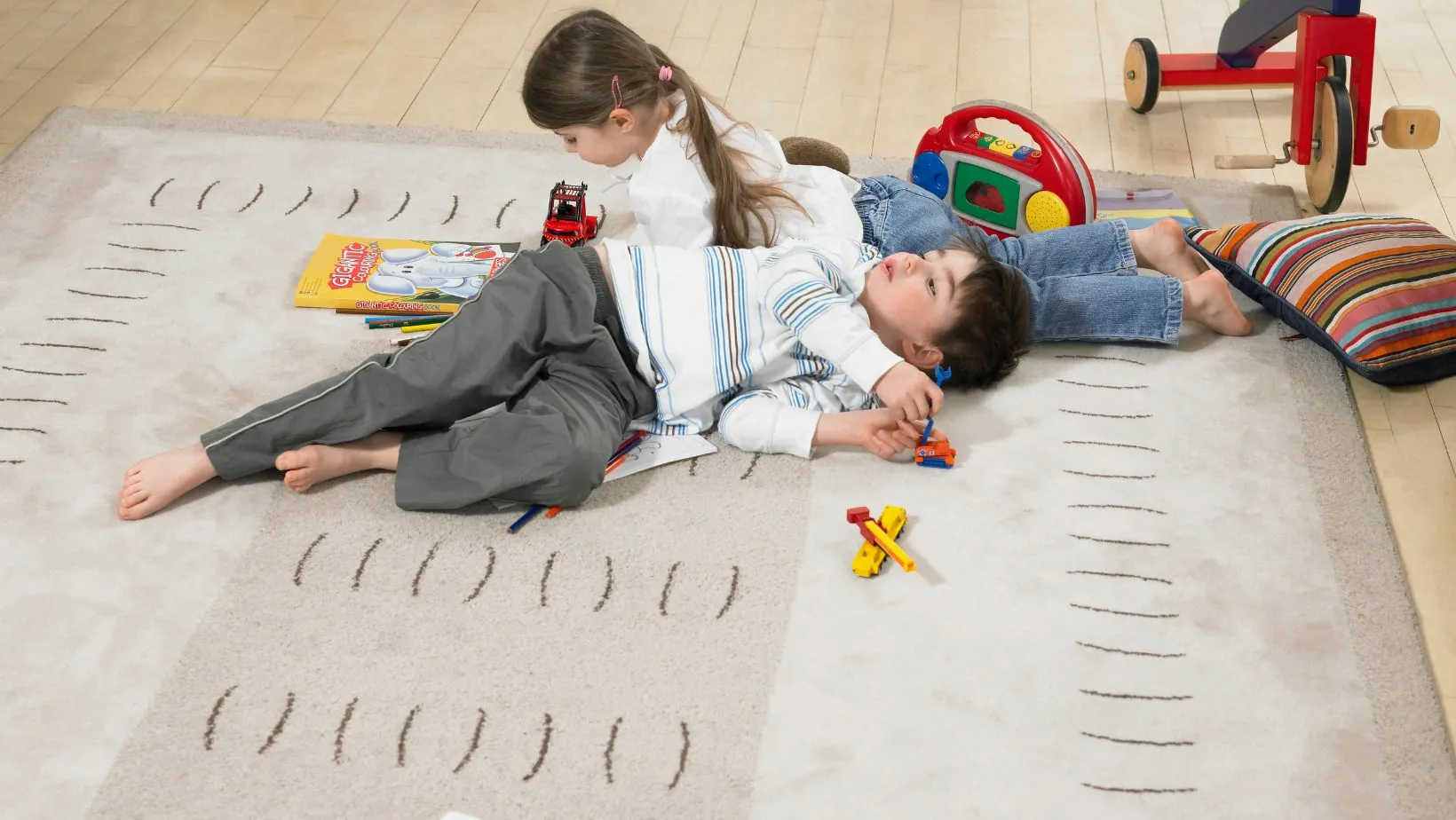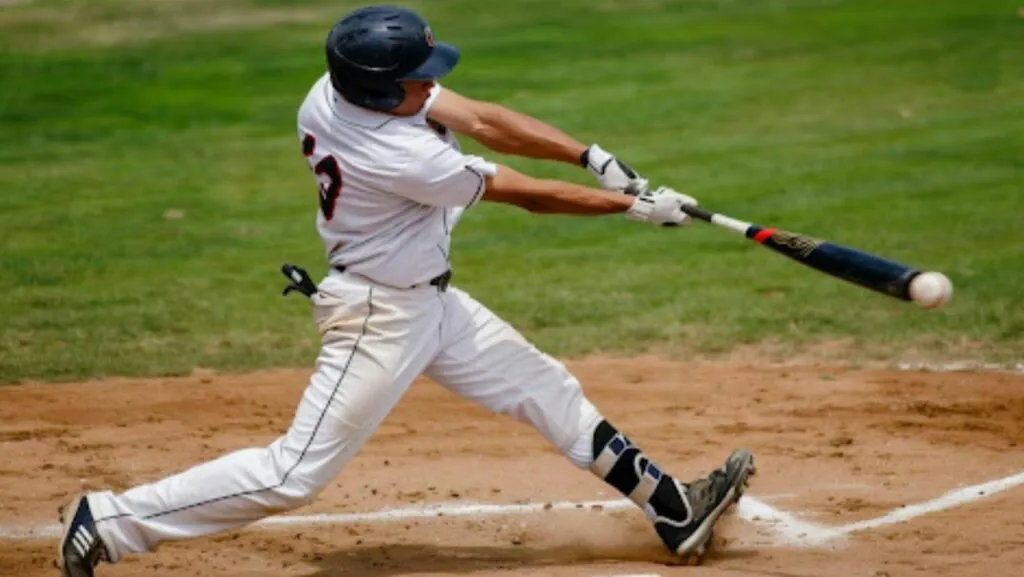Table of Contents
ToggleOne of the most common mistakes young players, along with their parents or coaches, make is trying to use a bat that is built more for power than for control. A bat that is too long or too heavy can hinder swing mechanics and slow development. In contrast, adult hitters usually have the strength and experience to manage power bats. However, if the transition isn’t handled well, even they might develop bad habits or increase their risk of injury. Understanding how the swing mechanics of youth differ from those of adults, and selecting bat specifications that match those differences, is essential for peak performance and long-term growth.
How Youth Hitter Mechanics Differ from Adult Mechanics
- Strength and coordination: Younger players are still building muscle strength, fine motor control, and coordination. They find it more difficult to accelerate a heavy barrel through the swing zone. Adults generally have stronger cores, legs, wrists, and forearms, which enable them to handle more weight and longer levers.
- Tempo and swing speed: Youth hitters often do better with quicker, compact swings. Swing speed is more about moving through the zone fast than using brute force. Adults might sacrifice some speed for more power, particularly with longer or heavier bats.
- Learning proper mechanics: Youth players are developing their swing habits, including stance, balance, hand path, and weight shift.
A bat that is too long or heavy can drive them to pull, cast, or rely too much on their upper body instead of rotating from the hips and using their legs. Adults have already built stronger mechanics and can adjust their power without losing fundamentals if they choose the right bat.
Bat Spec Components: Length, Drop, and Balance
Length (inches)
For youth hitters, shorter bats provide better control, allow for a faster swing through the zone, and help maintain hands inside the ball. A general rule is that when standing relaxed, the top of the bat, held at the knob, should reach between the hip and rib cage. Another quick check is to stretch your arm out to the side. If the end cap reaches the center of your palm, the bat length is appropriate. If it extends much past that, the bat is too long.
For adult hitters, longer bats offer more plate coverage and can create more leverage, but only if strength, timing, and swing weight can accommodate it without losing control or slowing the swing.
Drop weight (“drop” = length in inches minus weight in ounces)
Youth bats usually have drops between -10 and -12 to help smaller, younger players swing faster and gain control. As hitters grow in size and skill, drops move closer to -5, and eventually, in many adult competitive leagues, to -3 (or wood bats where drop zeros or near zeros may apply).
Balance, swing weight
Balanced bats distribute weight evenly from handle to barrel. This makes them easier to control and less tiring during long practice sessions. This is ideal for youth hitters focusing on consistency and mechanics. End-loaded bats have more weight toward the barrel. They can generate more momentum and power but need greater strength and cleaner mechanics. Adults or more advanced youth players often switch to these models when they want more power.
Visual Cues & Simple Tests to Confirm the Right Size
Coaches and parents can use simple tests to check bat fit:
- Outstretched Arm Test: Hold the bat by the knob with the arm extended sideways. If the end cap reaches the middle of the palm, the length is good. If it goes much farther, the bat is too long.
- Chest Point Test: Place the knob at the middle of the chest with the barrel out to the side. If the fingertips easily reach the end cap, the length is right. If not, the bat is likely too long or heavy.

- Drop Weight Sensation: During practice swings, see if the bat moves easily through the zone. If it feels slow or tiring, it’s too heavy. If it feels too light and lacks feedback, power may be lost.
- Balance Check: Watch if the swing stays smooth and repeatable. If the barrel drags or form breaks down, the swing weight may be too heavy or the bat too long.
How Mark Lumber Helps Match Bat Specs to Development
Mark Lumber helps players and coaches find bats that match a hitter’s stage of development. Each bat is made from hand-selected hard maple, chosen for its grain quality and density for durability and consistent performance. This craftsmanship is important for younger players building their swing mechanics. It provides reliable feedback on contact and helps improve technique.
Our bats support growth at every level. Youth models are lighter and more balanced, giving younger hitters the control and swing speed they need. Adult and advanced options include heavier or end-loaded designs that maximize power once strength and consistency improve. For players who fall between categories or want something tailored, we also offer customization. This allows adjustments in length, weight distribution, and handle thickness to refine the fit.
Conclusion
The right bat isn’t just the one that hits the hardest; it’s the one that fits the hitter’s current strength, mechanics, and league context. For youth players, this often means shorter, lighter, and more balanced bats. For adult and advanced hitters, longer and heavier bats are appropriate but only after achieving the strength and skill needed to handle them. By using simple visual cues, gradual progression, and quality wood bats from makers, players can improve their mechanics, stay healthy, and prepare for long-term success.







